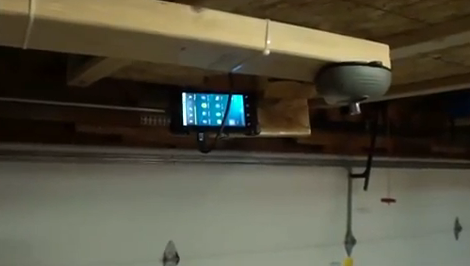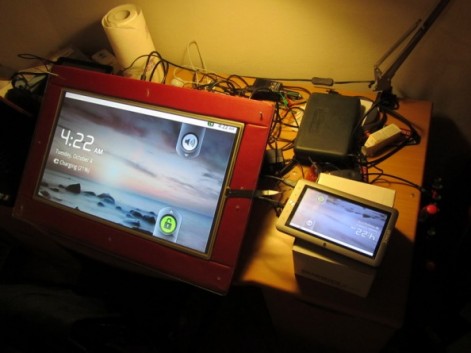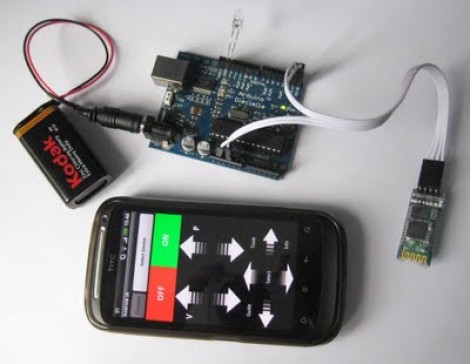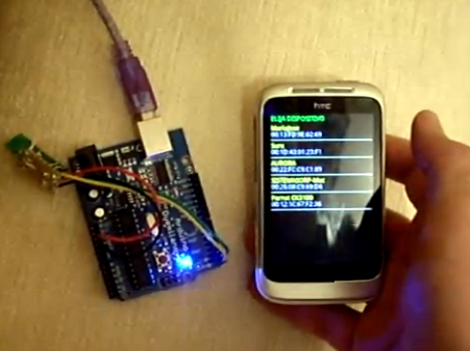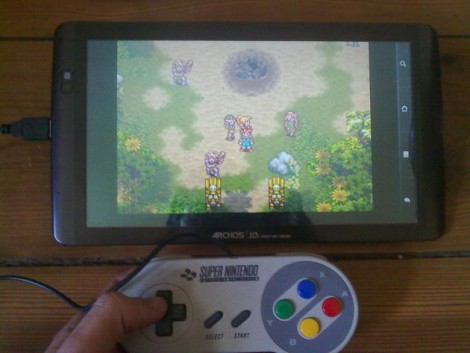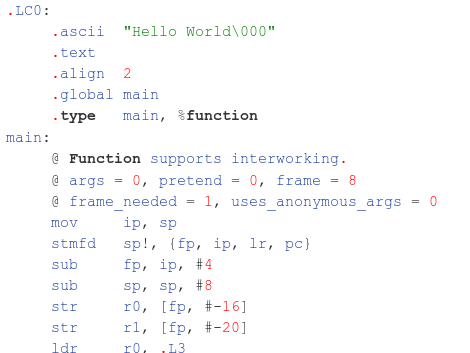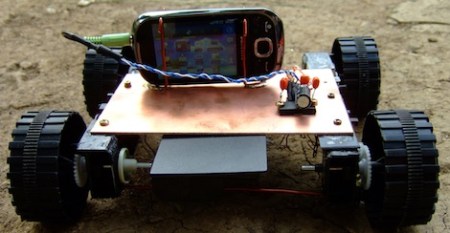
Desperately in need of a graduation paper, [Andrei] decided to build a few computer controlled recon vehicles (PDF warning), and we’re really impressed with the minimalist approach [Andrei] took.
The Computer Operated Recon Entity (C.O.R.E.) mk. I is based around a laptop. Instead of an Arduino, [Andrei] used a car stereo amp to control the motors. The two channel amp [Andrei] picked out has four outputs. Tying a motor to each output gives a four-wheel drive robot that’s really clever in its simplicity. With an onboard webcam, [Andrei] can do live video streaming from his remote vehicle. Outputting a specific tone with the sound card allows for full control of the robot.
The C.O.R.E. mk. II uses a Samsung Galaxy I5500 phone – the cheapest Android phone [Andrei] could find. The setup is similar to the mk. I C.O.R.E. with a WiFi connection sending video back to a base station. Control of the two motors is still handled by playing sound files and sending that to a stereo amp connected to the motors.
Check out the C.O.R.E. mk. II going Bach and forth after the break.

